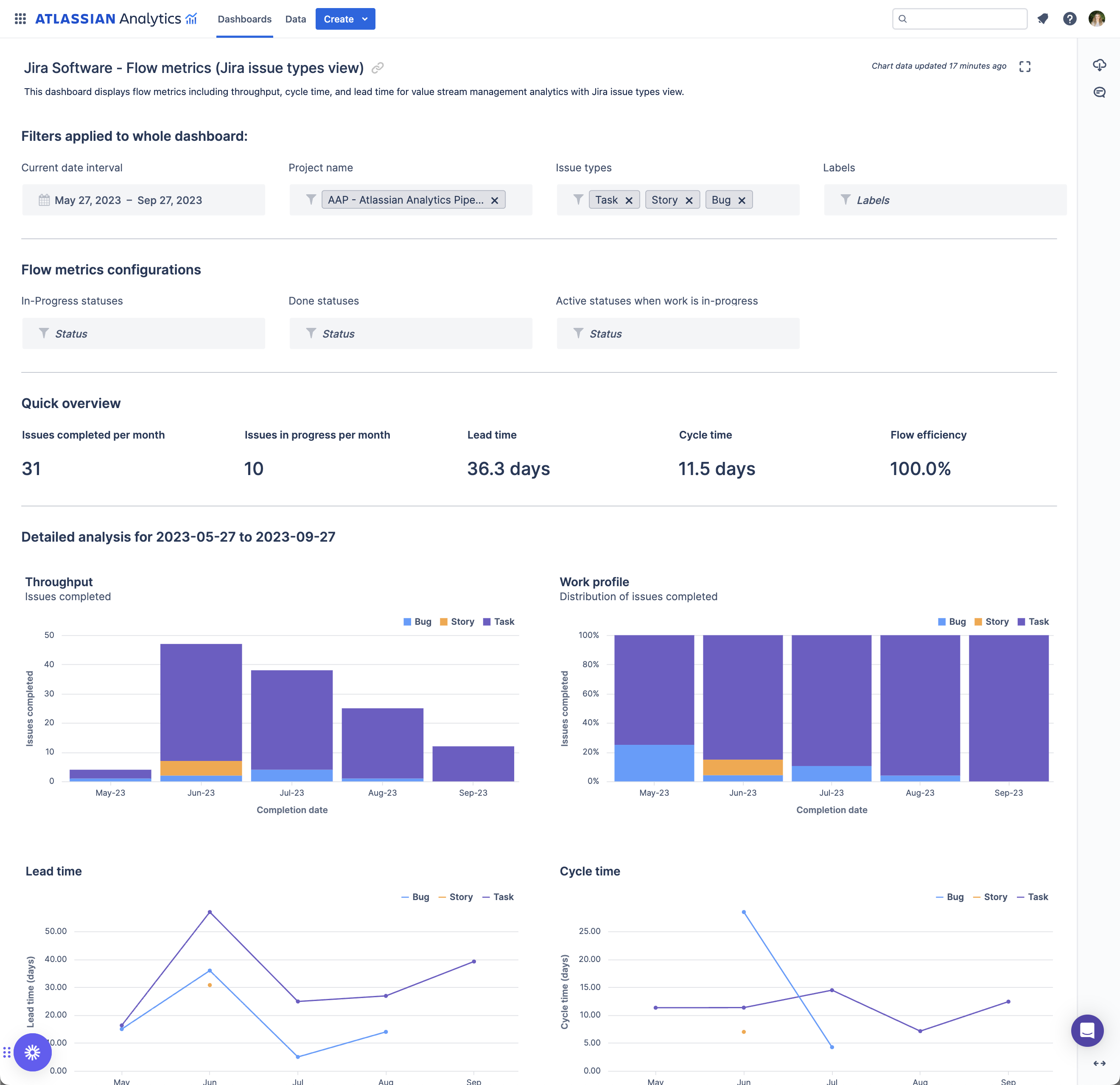Although many of the hurdles organizations faced during the past few years are in the rear-view mirror, the impact on how we do business is still present. In fact, those developments highlighted several of the inadequacies in business processes, and many are still working towards better practices to meet the demands of digital transformation. A December 2022 research report by Broadcom investigated the challenges, drivers and solutions organizations are working toward.
The last few years have posed numerous obstacles for companies. The number one challenge, a continuing trend for 49% of respondents, is ensuring their company has reliable supply chains. While it would be easy to limit supply chains to manufacturing hard goods, those interviewed also spoke of digital supply chains, where their business relies on digital services from other companies, such as GPS tracking or location-based data. Collecting data (46%) and inefficient processes (44%) were the second and third challenges, respectively. Not surprisingly, incorporating and maximizing remote workers remains a key challenge at 43%.
To meet these challenges, many organizations are turning to value stream management (VSM). VSM optimizes the entire process of building and delivering products and services, all while focusing on customer value. Providing data transparency and alignment between IT and business teams results in successful business outcomes.
Mainstream adoption driven by demonstrated value
According to the research, VSM has now moved into mainstream adoption. With many VSM benefits mapped directly to the need for critical business processes and teams to be better aligned, it is not surprising that findings show 86% of companies have already adopted VSM or are planning to. Among the top VSM business benefits desired is a focus on alignment, transparency, and faster delivery of solutions to customers. Additional data uncovered through the research includes:
- 60% will be shipping products using VSM by the end of this year
- 90% want a single VSM solution that enables business and technology teams
- 95% state VSM delivers with increased transparency, alignment, and solution velocity
Top strategic business focus: Customer value
Companies are shifting focus from rushing products to market that risk decreasing customer value with defects, bugs, or quality problems, to a clear focus on maximizing customer delight with value and quality.
Among respondents’ top strategic business focuses, increasing customer value took the top spot, up from the third spot last year. Those interviewed shared that while their processes and supply chains have been disrupted over the last few years and they had to focus internally, they acknowledge that their customers have also suffered. Poor customer experiences with products and services have left customers considering competitors, with declining brand loyalty.
Respondents cited improving product quality (55%) as the second area of focus. In the third spot is the perennial business focus on reducing costs (51%), closely followed by adding more customers (50%) and increasing profits (49%). However, at 45% is increasing speed to market, something that for the last 10 or more years has been a key priority for many companies ushering in Agile and DevOps initiatives.
Turning the focus on the customer
Companies are learning more about their customers, the value they deliver, and what makes their customers happy. VSM provides metrics, visibility, and insights to better define and track customer value while improving team alignment and process optimization. VSM’s inherent benefits directly enable digital transformation but turn the focus on the customer and not just digitizing business processes.
By adopting VSM across all product lines, companies have a single solution to capture all data across the value stream and the ability to share it with everyone in the company. That adaptability and flexibility works within a company to fit its specific business and requirements today and in the future.








